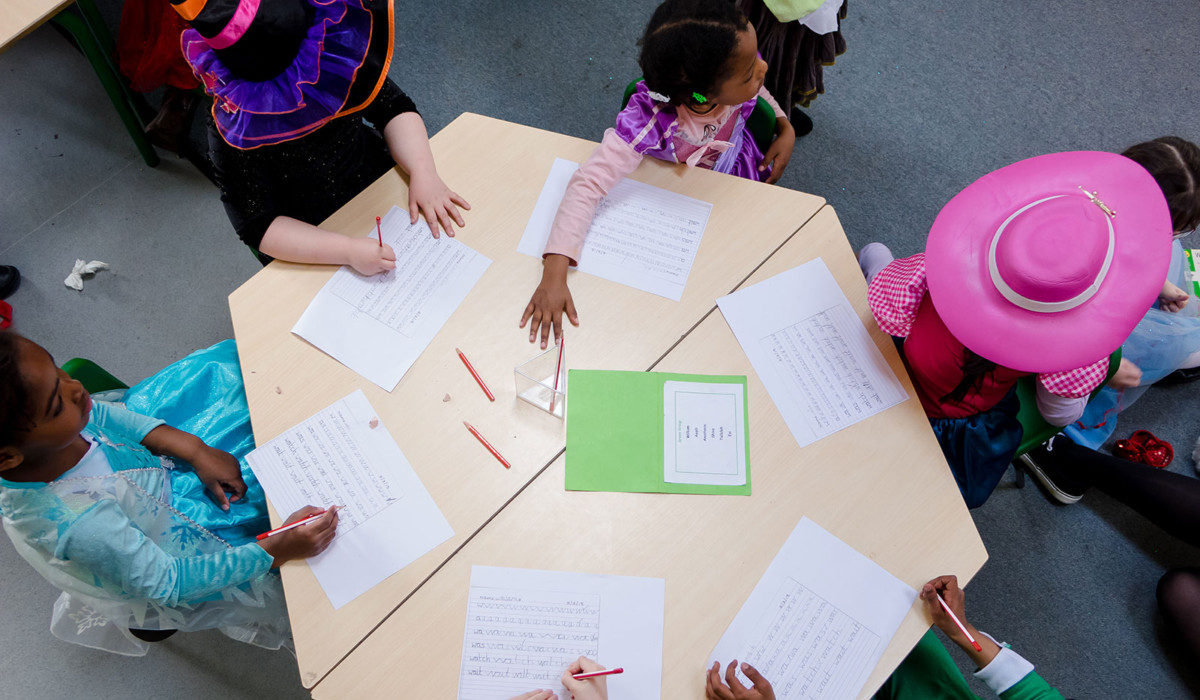Overview
As discussed in other sections of this website, EAL pupils are not a homogenous group. In this section, we will look at some specific sub-groups of EAL learners.
Refugees / Asylum Seekers
There is no completely accurate national and local demographic data on the numbers of refugee and asylum seeker children in the UK. Published data on asylum applications in the UK does not include numbers of dependents or break dependents down by age group. In 2003, the Refugee Council estimated that there were almost 99,000 refugee children of compulsory school age.
EAL Learners with Additional Needs
When a child who is learning English as an additional language makes slow progress in school, it is difficult to tell whether the delay is caused because they are not confident using the language of the school or because they have “real” learning difficulties independently of the language difference. Similarly there is often concern that the potential and ability of pupils learning EAL may be overlooked by provision for ‘gifted and talented’ pupils.
EAL SEN and Inclusion
Teachers need to respond to the needs of all bilingual learners they teach, including those with special educational needs and EAL learners who are gifted and talented. When a child who is learning English as an additional language makes slow progress in school, it is difficult to tell whether the delay is caused because they are not confident using the language of the school or because they have ‘real’ learning difficulties independently of the language difference.
Isolated EAL Learners
On this page you will find information from the archived ITTSEAL site for teacher educators new to initial teacher training.
In the Members' Pages:
- Refugees / Asylum Seekers
- EAL Learners with Additional Needs
- Isolated EAL Learners
or if you are a member...


